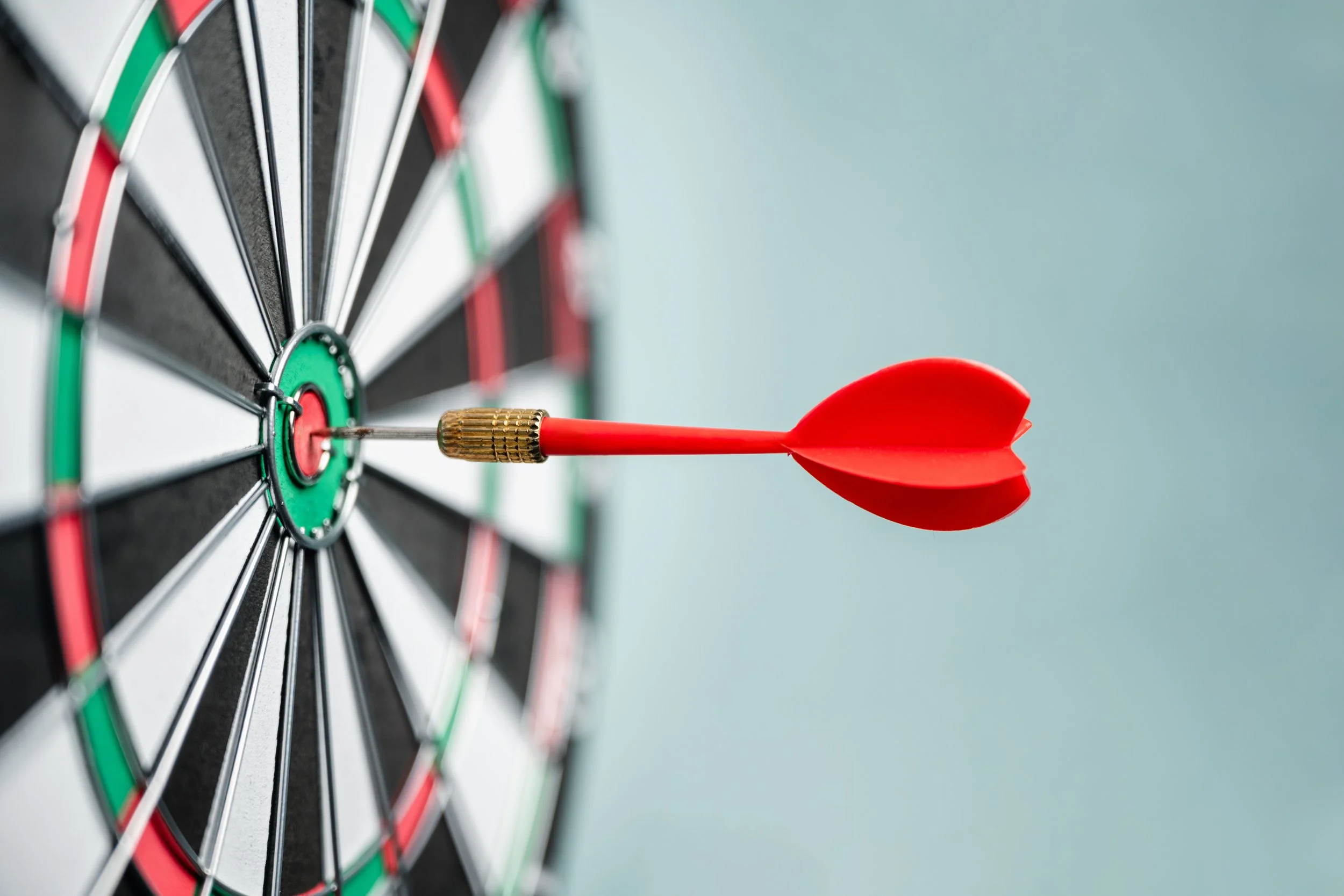Be Curious, Not Judgmental: What Ted Lasso Can Teach Doctors About Learning
In one of the most memorable scenes from Ted Lasso, the endlessly optimistic coach challenges Rebecca’s ex-husband Rupert to a game of darts. Rupert, smug and confident, assumes Ted is hopeless. Ted quietly accepts, and as the match unfolds, it becomes clear that the underdog isn’t what he seems. Just before landing the winning shot, Ted says something profound:
“Guys have underestimated me my entire life. And for years I never understood why. It used to really bother me. But then one day, I was driving my little boy to school, and I saw a quote by Walt Whitman painted on the wall. It said, ‘Be curious, not judgmental.’ And I liked that.”
“All them fellas that used to belittle me — not a single one of them were curious. They thought they had everything all figured out. So they judged everything, and they judged everyone. And I realized that their underestimating me — who I was had nothing to do with it. Because if they were curious, they would’ve asked questions. Questions like, ‘Have you played a lot of darts, Ted?’”
It’s a scene about darts, but it could just as easily be about medicine.
Assumptions in Medicine
As doctors, we are trained to recognise patterns. We learn to see connections quickly — the rash with the fever, the ECG change with the chest pain, the subtle sign that others might miss. Pattern recognition is one of the defining skills of clinical expertise.
But there’s a flip side. The same cognitive shortcuts that make us efficient can also make us careless. We jump to conclusions, fill in missing pieces, and sometimes stop asking questions too early. In diagnostic reasoning, that’s called premature closure — the moment we decide the story is complete when it isn’t.
Curiosity is what keeps that door open just a little longer. It’s what prompts us to ask, “What else could this be?” or “Does everything fit?” — even when we think we already know the answer.
Curiosity as a Learning Mindset
Curiosity is the foundation of lifelong learning. It’s the quiet voice that says, “I wonder why that happened,” instead of “That’s just how it is.”
Educational theory backs this up. Research shows that curiosity activates the brain’s reward pathways — the same ones triggered by anticipation and discovery. When we’re genuinely curious, we not only engage more deeply with information, but we also remember it better. Learning becomes meaningful because it’s driven by a question, not a checklist.
For doctors, this has practical implications. When you reflect on a case that surprised you, or when a peer’s feedback makes you rethink your approach, you’re engaging curiosity. These moments don’t just meet CPD requirements — they embody what CPD is supposed to be: continuous professional development.
Curiosity turns “I have to learn” into “I want to understand.”
The Enemies of Curiosity
Curiosity doesn’t come naturally to everyone all the time. It can be squeezed out by time pressure, fatigue, or the illusion of certainty.
Experience can sometimes make us less curious. When you’ve seen the same presentation a hundred times, it’s easy to assume it’ll be the same on the hundred-and-first. Yet every patient carries a story that’s slightly different — one that might surprise you if you take the time to ask.
Ego is another obstacle. Admitting you don’t know something can feel uncomfortable, even risky, in environments where confidence is equated with competence. But as Ted Lasso reminds us, judgment often hides insecurity. The best clinicians are not the ones who know everything — they’re the ones who keep asking.
Curiosity in the Clinical Moment
Curiosity isn’t just an intellectual exercise. It’s a practical clinical tool.
When you ask a patient “Tell me more about what worries you most” instead of “Do you have any other symptoms?”, you get a deeper, more human story.
When you query your registrar’s management plan with “How did you come to that conclusion?”, you model inquiry, not interrogation.
When you discuss a case with peers and genuinely explore different approaches, you transform routine discussion into peer review and reflection — both valuable CPD activities.
In this way, curiosity becomes part of the clinical culture. It fuels safer decisions, more effective teamwork, and richer professional growth.
Building Curiosity into Your CPD
If you’re documenting your CPD, you can consciously frame curiosity as part of your reflective practice:
Reviewing Performance: What question did feedback from a colleague raise for you?
Measuring Outcomes: What did you learn when you reviewed how that change affected patient outcomes?
Educational Activities: What unanswered question led you to seek new knowledge or attend that session?
Recording what you asked — not just what you learned — can make your CPD diary far more meaningful. It helps you trace how one question led to another, and how that chain of curiosity shaped your growth.
Curiosity as an Antidote to Burnout
There’s also a deeper payoff. Curiosity is protective. It keeps medicine interesting. It reconnects us to the sense of wonder that probably drew us to the profession in the first place — that endless fascination with how the body works, how people heal, and how we can do better.
In an era where compliance, metrics, and fatigue threaten to flatten our enthusiasm, curiosity breathes life back into the work. It turns routine into discovery.
As one psychologist put it, “Curiosity is the wick in the candle of learning.” When that flame burns, reflection isn’t a task — it’s a joy.
Closing Reflection
Ted Lasso’s advice isn’t just a catchy quote. It’s a professional principle. Be curious — with your patients, your peers, and yourself.
Because curiosity is more than the start of a question. It’s the start of wisdom.

